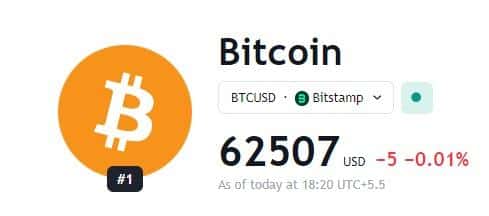Bitcoin’s Development into Layer-2 Solutions
Bitcoin Layer-2 Staking : Bitcoin’s transition into an L2 solution marked an important milestone, offering users numerous benefits from improved transaction speeds and volumes to heightened security measures and the seamless implementation of smart contracts within its network. While these technical advancements within Bitcoin ecosystem are significant, their ripples extend far beyond technical abilities–especially with regard to Bitcoin staking–an unprecedented concept previously unattainable.
Bitcoin Staking: Changing Interest Rates
Bitcoin staking presents an intriguing alternative to conventional interest rate systems governed by central banks and government policies; participant reward rates are determined directly by them themselves – creating what has come to be known as the “people’s interest rate.” It offers hope of more equitable and inclusive financial future.
Empower Users With Layer-2 Benefits
Implementation of Bitcoin L2 allows transactions to take place across a secure layer-2 network, guaranteeing constant data speeds and packet delivery irrespective of Internet traffic fluctuations. Furthermore, integration of complex smart contracts directly within Bitcoin opens doors for enhanced functionalities while safeguarding contract integrity thereby broadening Bitcoin’s utility beyond just exchange.
Unlock Value Through Bitcoin Staking
Bitcoin holders traditionally lacked other ways of making use of their holdings besides trading price fluctuations. Staking is now offering users another method: they can earn interest or returns from managing a portion of their Bitcoin tokens – something only previously possible with platforms such as Tezos, Cosmos, Solana Cardano and Ethereum.
Flawed System of Base Rates
Bitcoin staking not only resonates within the crypto community, but has wider-reaching economic ramifications. Traditional base rates determined by central banks often fail to correspond with fundamental economic principles, with interest rates becoming decoupled from investment opportunity costs and politically manipulatable figures that further exposes weaknesses within our current financial system.
People’s Interest Rate
By contrast, Bitcoin staking provides a decentralized alternative where interest rates are determined through user participation – without political agendas or central control – without political influence and influence from any one institution. As Bitcoin gains utility and trust among users, the interest rate for staking rises accordingly providing a dynamic yet responsive alternative to conventional interest rate systems.
Preparing for a Decentralized Future
Bitcoin staking represents a decentralized alternative to existing financial systems, setting the foundations for an economy driven by participants rather than entrenched interests. As Bitcoin becomes more mainstream, its accessibility and significance may alter the financial landscape by offering fresh perspectives on interest rates and economic sustainability.








